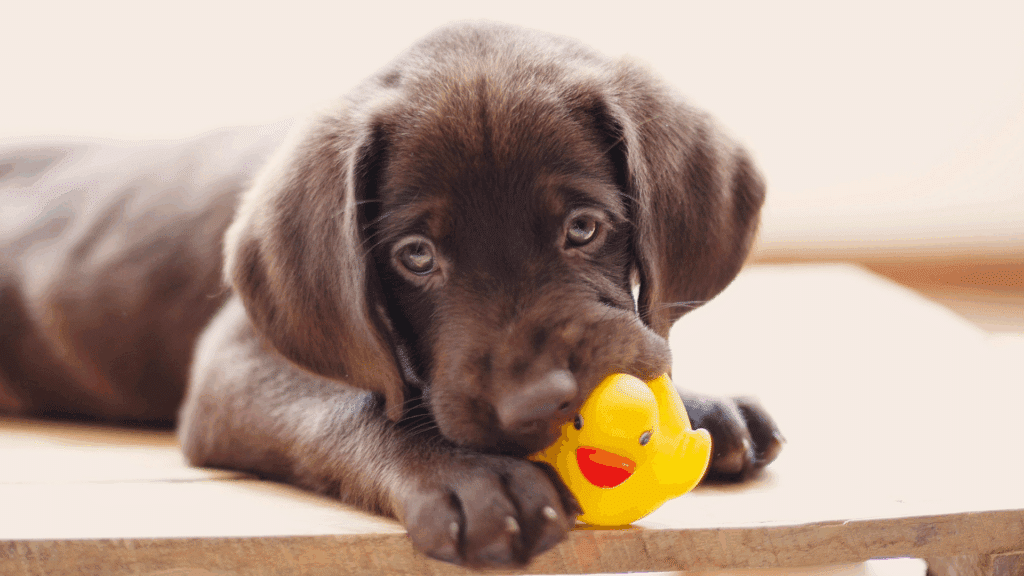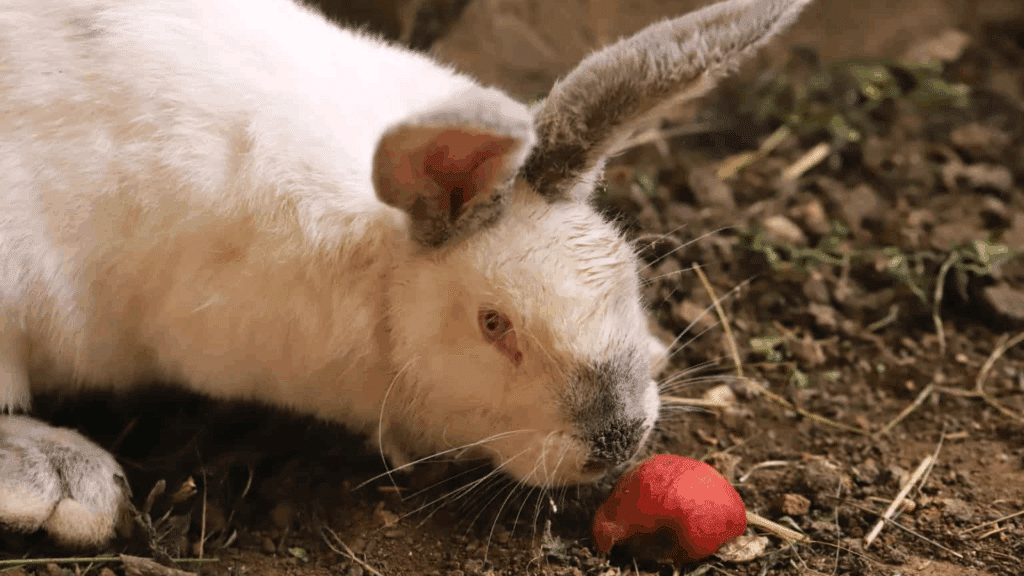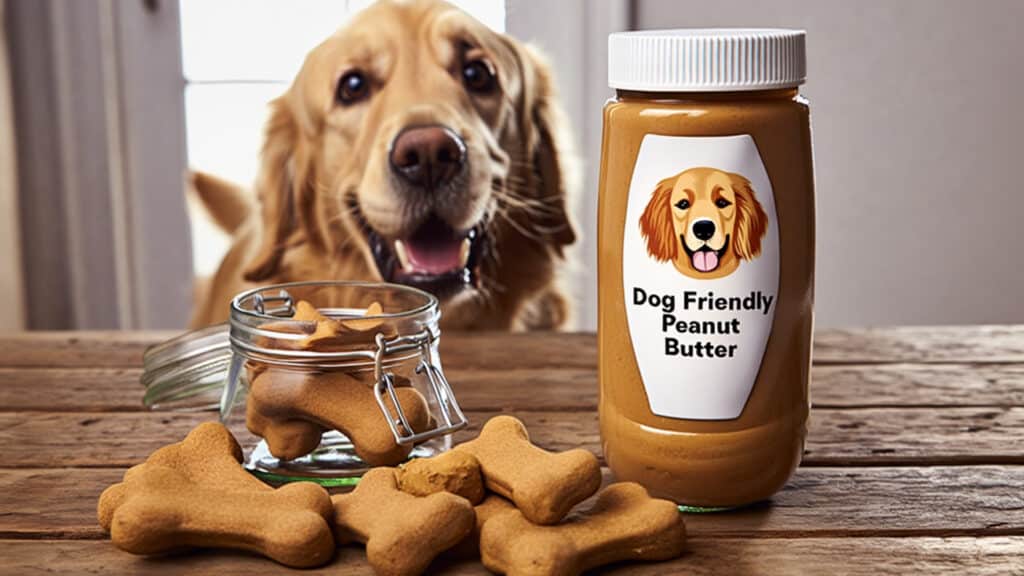That adorable puppy you brought home has suddenly changed into a chewing machine, leaving a trail of destruction in their wake.
Your favorite shoes have bite marks, the furniture legs look like they’ve been through a wood chipper, and those needle-sharp puppy teeth seem to sink into everything. Sound familiar?
Teething can be tough, but with the right care, you can ease your puppy’s pain and protect your belongings.
In this, I’ll walk you through everything you need to know about puppy teething, from recognizing the signs to providing safe relief options.
Ready to turn those challenging teething days into manageable ones? Let’s sort it out!
Understanding Puppy Teething
Just like human babies, puppies go through a teething phase as their tiny milk teeth fall out and adult teeth grow in.
This process is a natural, though sometimes uncomfortable, part of your puppy’s early development.
Puppy teething typically begins around 3 weeks of age when their baby (deciduous) teeth start to emerge. By 6 weeks, most puppies have a full set of 28 sharp baby teeth.
The next stage begins around 12 to 16 weeks, when these baby teeth start falling out to make way for the 42 permanent adult teeth.
By about 6 to 7 months, your puppy should have their complete adult set, though every dog is a little different.
Puppy Teething Tips for Pet Parents
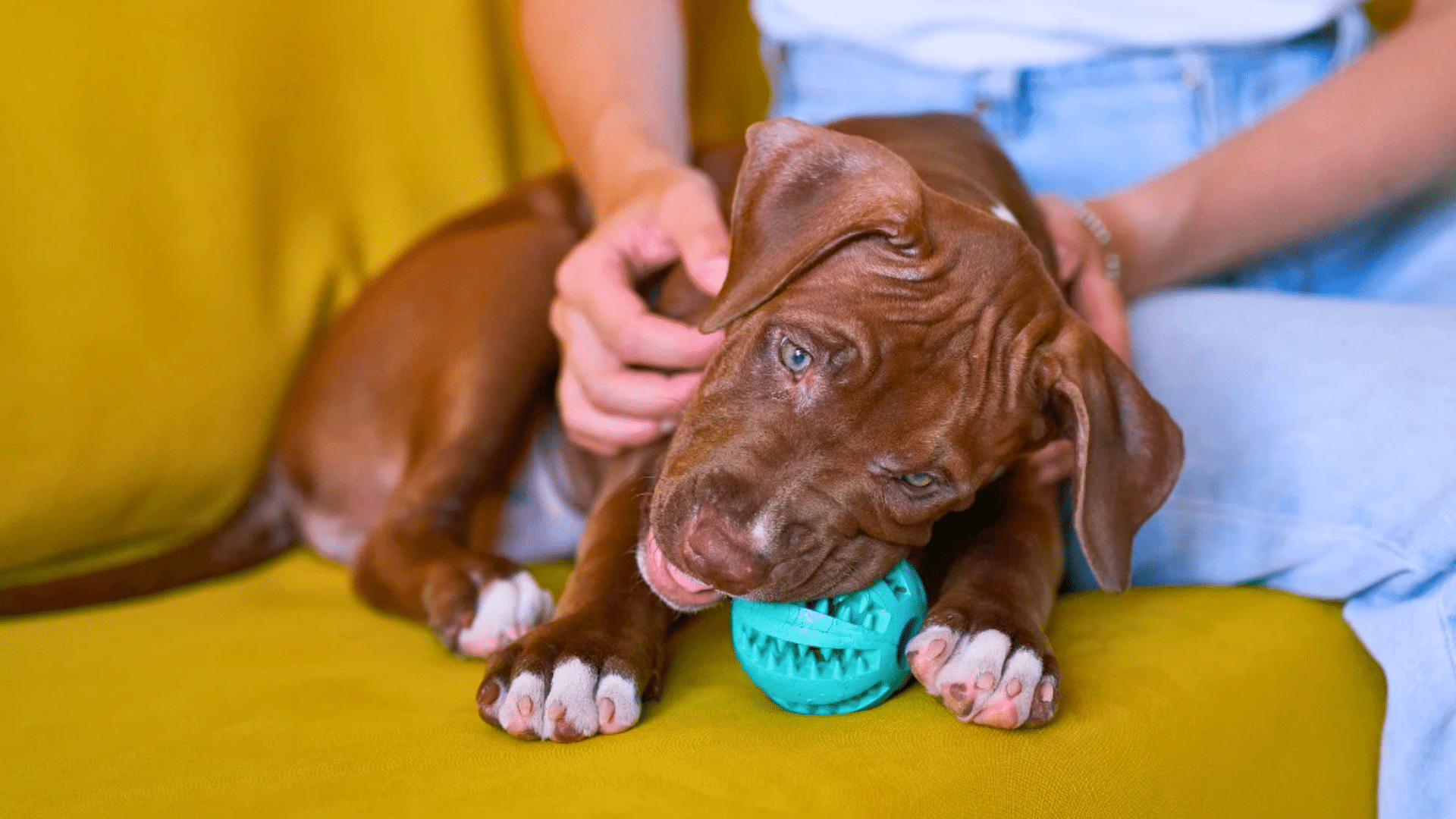
When your puppy starts teething, it’s a mix of cute and chaotic. I’ve been through this stage myself, and it can test your patience, but it’s also a chance to build trust and comfort.
1. Give Safe Chew Toys
I always keep strong, puppy-safe chew toys on hand because they help release gum pressure and prevent bad habits. Puppies chew to ease pain, not to be destructive.
I recommend rubber toys, nylon bones, or soft rope toys designed for teething.
These are firm enough to satisfy their urge but gentle enough not to damage their teeth. Avoid real bones, sticks, or cheap plastic toys since they can break and cause harm.
To keep things interesting, rotate toys every few days so your puppy doesn’t lose interest.
When your puppy chooses a toy over your shoe, praise them right away. That positive feedback helps them learn what’s allowed faster.
2. Use Cold to Soothe Sore Gums
Cold is one of the simplest and most effective ways to help teething puppies. I like to freeze a damp washcloth or a rubber chew toy for my puppy to gnaw on. The chill numbs their sore gums and eases the ache.
If you want something natural, you can even freeze small pieces of banana or carrot, but watch them closely while they chew.
Avoid ice cubes since they can be too hard and might crack a tooth.
I’ve noticed that chilled toys not only comfort my puppy but also reduce restlessness during the day.
When you see them getting cranky or drooling more than usual, a quick cold chew can calm them down within minutes.
3. Set Clear Boundaries Early
When my puppy started teething, I quickly realized how important it is to set boundaries from the start. Puppies don’t know what’s off-limits; they just explore with their mouths.
The best thing you can do is guide them every time they make a mistake.
If your puppy bites your hand or chews furniture, calmly say “no” and replace it with a toy. Repetition helps them understand faster than scolding or punishment ever will.
I also found that using positive reinforcement, like praise or small treats, works wonders.
It teaches them that chewing the right thing earns rewards. With time, your puppy learns to make better choices even when you’re not watching.
4. Keep Their Mouth Clean
Teething can make a puppy’s mouth tender, and bacteria can easily build up.
I started brushing my puppy’s teeth gently with a soft brush and puppy toothpaste two to three times a week.
It keeps their mouth clean and helps them get used to dental care early. You can also use dental wipes or gels if your puppy isn’t ready for brushing yet.
Keeping their mouth clean not only reduces bad breath but also prevents gum irritation and infections.
I also check for any loose teeth or bleeding to make sure everything’s healing properly. Once those adult teeth come in, maintaining this habit makes future dental care much easier.
5. Offer Extra Comfort and Love
Teething can make your puppy cranky, tired, and sometimes less playful. I’ve learned that a little extra patience and affection go a long way during this stage.
Give your puppy quiet spots to rest and soft blankets to snuggle into.
Avoid rough play that could hurt their mouth, and instead try calm activities like short walks or gentle cuddles.
Comfort isn’t just physical, it’s emotional too. Puppies feel safe when you stay calm and kind, even when they’re chewing on everything.
I also make sure to keep their routine steady with consistent feeding, playtime, and rest. A steady rhythm helps them feel secure through all the changes happening in their little mouths.
How to Tell if Your Puppy Is Teething?
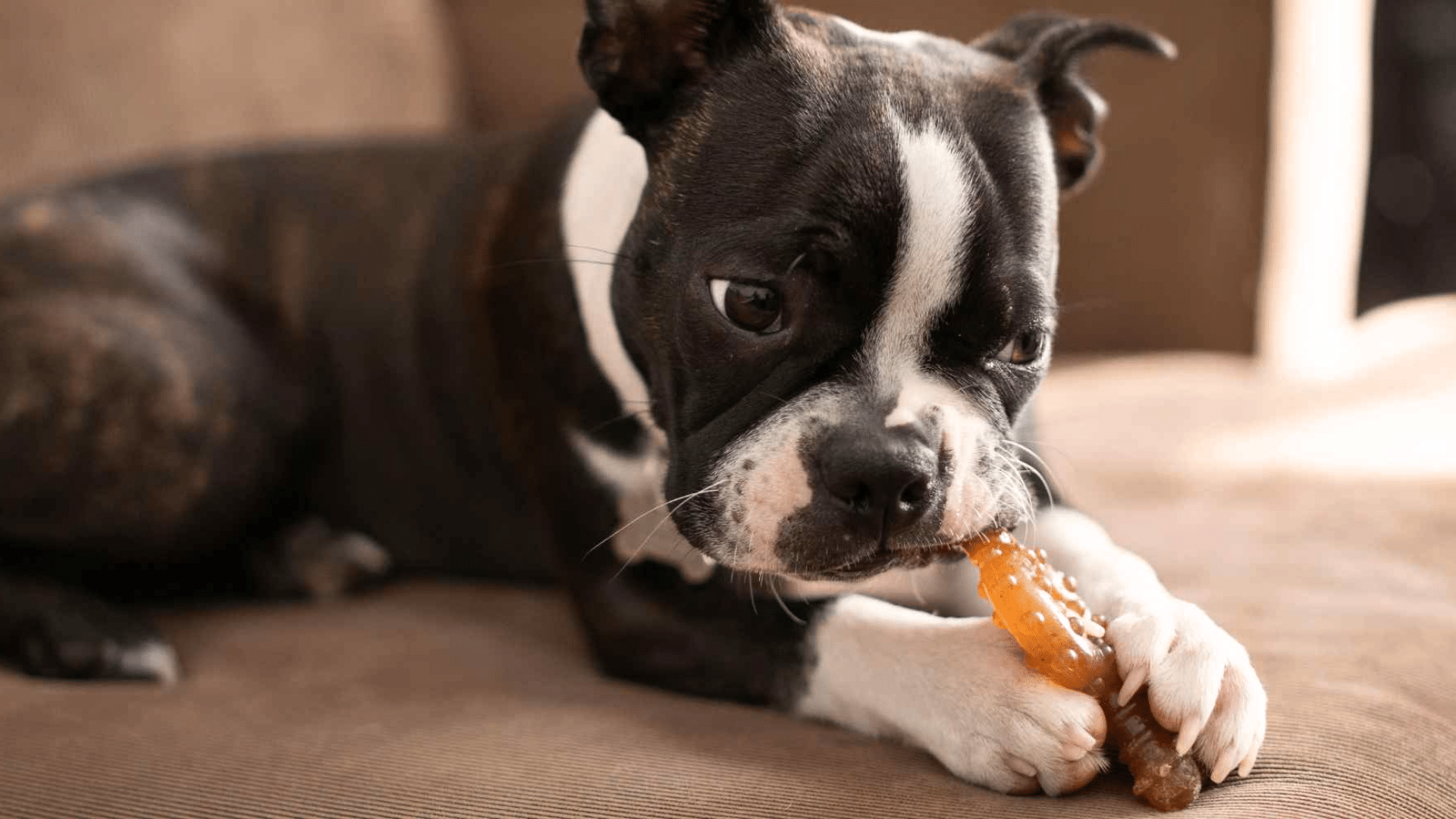
Puppies, like babies, go through a teething phase that can be both adorable and challenging. Here’s how to spot the signs your furry friend is teething and needs extra care;
- Chewing Everything in Sight: Your puppy may chew furniture, shoes, or hands to ease sore gums. It’s normal; the pressure helps relieve pain as new teeth grow. If your calm pup won’t stop chewing, they’re probably teething.
- Drooling More Than Usual: A wet chin or damp fur is common when teething. Extra saliva soothes sore gums and keeps the mouth clean. More drooling usually means new teeth are coming in.
- Slight Bleeding from Gums: Pink saliva or small blood spots on toys are normal as baby teeth fall out. You might notice it after chewing. Light bleeding is fine, but call your vet if it’s heavy or your puppy seems in pain.
- Whining or Irritability: Your playful puppy may seem grumpy or whine more. Teething discomfort causes mood swings, like in babies. The fussiness comes and goes and fades once their gums feel better.
- Loss of Appetite: Your playful puppy may seem grumpy or whine more. Teething discomfort causes mood swings, like in babies. The fussiness comes and goes and fades once their gums feel better.
Maintaining Oral Health During Teething
Good dental care starts early, and the teething stage is the perfect time to build healthy habits that will last a lifetime.
By helping your puppy get used to gentle cleaning and vet checks now, you’re setting them up for a happy, healthy smile later.
| Tip | Action | Benefit |
|---|---|---|
| Start Brushing Early | Use a soft brush and pet-safe toothpaste. | Builds healthy habits early. |
| Offer Chew Toys | Give rubber or dental chews, not hard bones. | Cleans teeth and eases pain. |
| Vet Checkups | Schedule regular dental exams. | Detects issues early. |
| Watch for Signs | Note bad breath or red gums. | Prevents infections. |
| Positive Routine | Reward brushing and calm chewing. | Encourages lifelong oral care. |
When to Call the Vet?
Most puppies sail through teething with only minor discomfort, but sometimes their symptoms can signal a more serious problem. Knowing when to call your vet helps ensure your puppy’s mouth stays healthy and pain-free.
- Persistent Bleeding or Swelling: A bit of blood on toys is normal, but frequent bleeding or swollen gums may signal an infection that needs a vet’s attention.
- Refusal to Eat or Drink: If your puppy avoids eating or drinking for more than 24 hours, the discomfort may be more than typical teething pain. Loss of appetite can lead to dehydration, so contact your vet right away.
- Bad Breath or Discharge: Mild puppy breath is expected, but foul odors, pus, or discharge from the mouth often point to gum disease or infection. Early treatment prevents complications and helps your puppy heal faster.
- Retained or Misaligned Teeth: Sometimes baby teeth don’t fall out properly, causing crowding or crooked growth. If you notice double teeth or misalignment, your vet may remove the extras to prevent future issues.
- Excessive Whining or Behavioral Changes: Constant crying, drooling, or lethargy can indicate pain that’s beyond normal teething discomfort. A quick vet visit ensures nothing more serious is going on.
Conclusion
Remember, this phase is temporary. Those painful gums will heal, those adult teeth will settle in, and before you know it, you’ll have a well-adjusted dog with healthy chewing habits.
The effort you put in now, offering good chew toys, puppy-proofing, and calmly correcting chewing, will pay off for years.
You’re easing your puppy’s pain while teaching proper chewing habits and building good behavior.
Teething typically wraps up by seven months, and you’ll both emerge on the other side with a stronger bond and fewer destroyed belongings.
Know someone bringing home a new puppy soon? Share with them so they can prepare for the teething phase before it begins!


